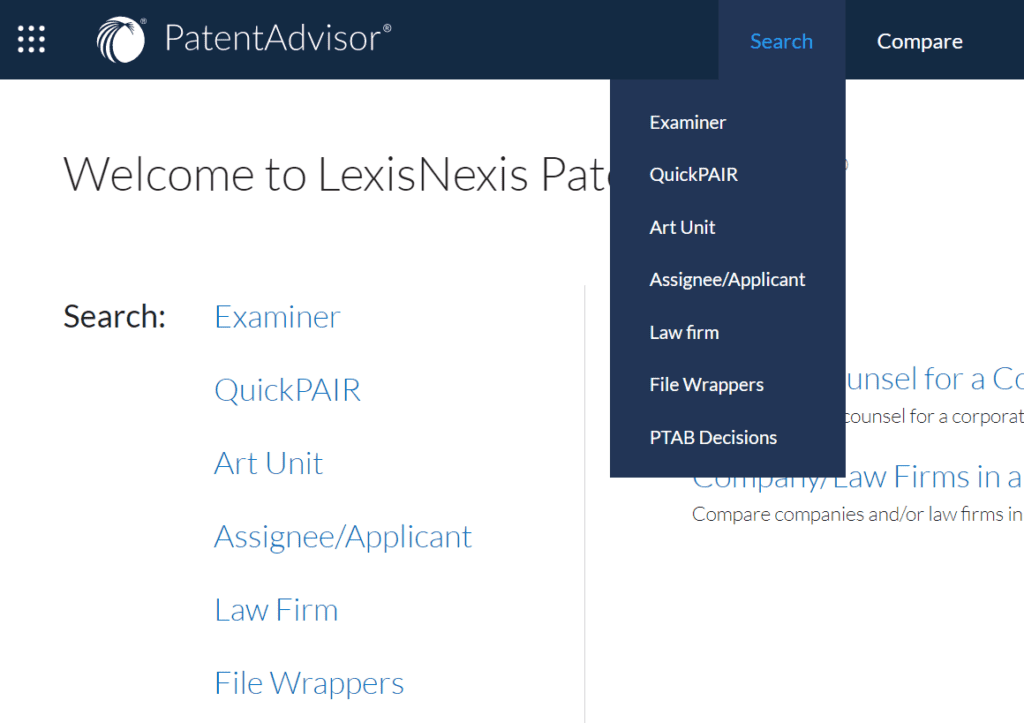3 Reasons Companies Should Monitor Competitors’ Patent Filings

The ability to compete in the market is key to any company’s survival, and many use patents to gain an upper hand. Diligent companies not only focus on their own patent filings but also track their competitors’ filings to help ensure their longevity and prosperity. Below are the top three reasons why all companies should be aware of their competitors’ patent activities.
1. Use competitors’ patent filings to evaluate current investments and future patent rights
Pursuing patent protection is undoubtedly an investment on the part of a patent applicant. Seeing the patent process through is costly in terms of both time and money, so companies rarely take their patent filings lightly. After all, the end goal of pursuing a patent is to obtain patent rights that provide a competitive edge to make an applicant’s investment worthwhile. Because patent application filings are investments that often take years to mature, tracking competitors’ patent filings can be a great way to identify the technologies that the competitor believes will soon provide a commercial advantage.
In other words, keeping tabs on what a competitor is trying to protect provides a glimpse into the competitor’s planned business strategy. Companies that track their competitors’ patent filings can better understand the direction in which the competition is headed and prepare in advance for any patent rights their competitors may ultimately be granted.

2. Use competitors’ patent filings to identify potential patent conflicts
Tracking competitors’ patent filings gives a company the power to take action in the company’s own best interest. If a competitor has filed a patent application for an invention that does not meet patentability requirements, an informed company can challenge the pending patent application by filing a third-party pre-issuance submission. On the other end of the patent process, if a competitor is likely to receive material patent rights, then an informed company can ensure that none of its activities infringe upon those patent rights. It may even be possible for the company to “design around” their competitor’s soon-to-be-granted patent rights so that they can achieve the same results as their competitor without the risk of a lawsuit.
3. Use competitors’ patent filings to better strategize commercial growth
Understanding the direction in which competitors are headed is a great way for companies to avoid falling behind. If the competition is investing heavily in patent protection in a specific technological field, a company may counter by investing in the development of similar, yet non-infringing technologies that will make them more effective in direct competition. Alternatively, tracking the patent filing strategies of many competitors may reveal “white space”—areas where competitors have no patent protection—in which a company can obtain patent protection and their own competitive advantage.
Continually monitoring the patent filings of competitors is advantageous in many ways. Modern patent prosecution tools like the LexisNexis PatentAdvisor® patent analytics platform make it easy to track the competition by providing automated notifications about competitor patent applications. PatentAdvisor™ patent data, patent statistics and patent metrics also can be used to identify which technologies the competition is trying to protect, the likelihood that they will receive a patent and the timeline in which their patents will likely issue. Companies that use PatentAdvisor are empowered to navigate the commercial landscape more effectively and better develop their patent strategies.
See how to Assess Performance and Conduct Objective Comparisons With Patent Metrics.
In addition, the LexisNexis® PatentSight® innovation analytics platform allows users to track the evolution of rival patent strategies, including changes in portfolio sizes and strengths, global filing trends and even the expiration of their most valuable patents.
Learn more about PatentAdvisor.
Learn more about PatentSight®.

Need more predictability in the patent prosecution process?
Learn how to develop successful IP strategies and proficiently manage patent applications throughout the entire prosecution process using data-driven insights and advanced analytics.
